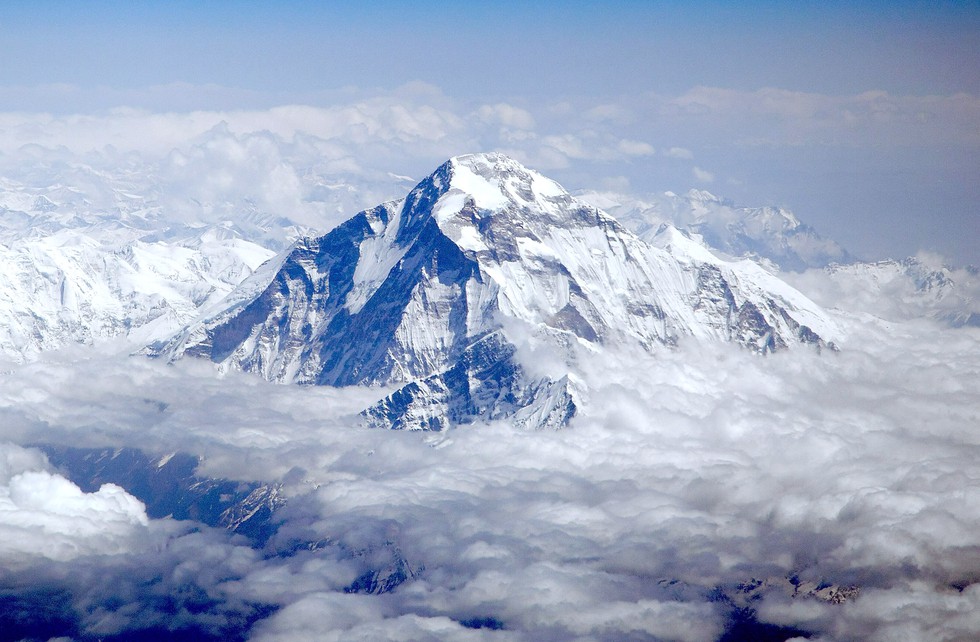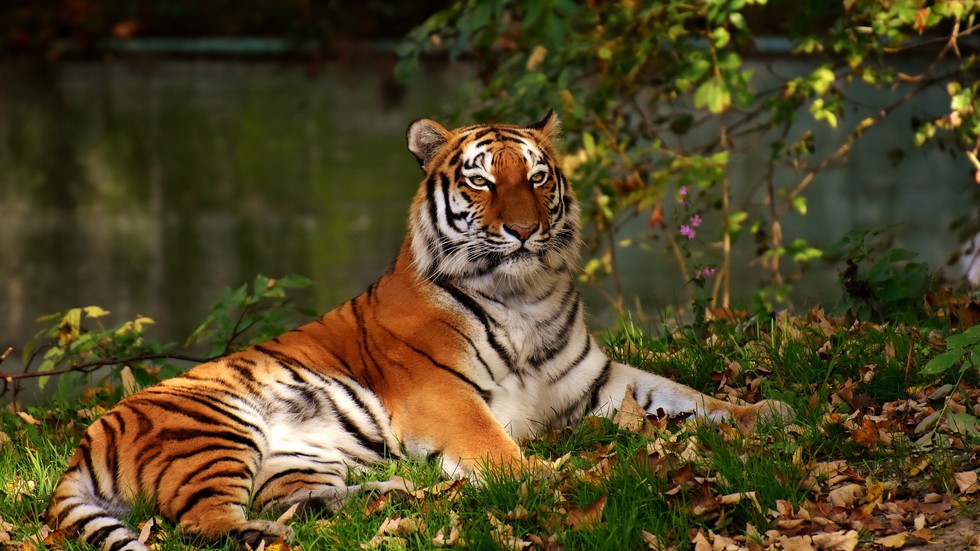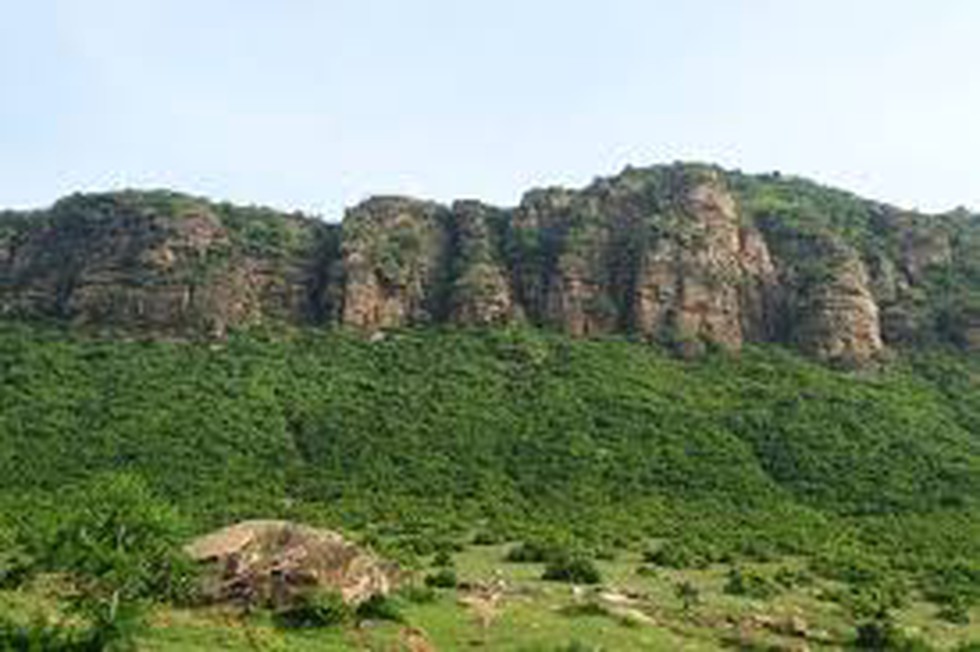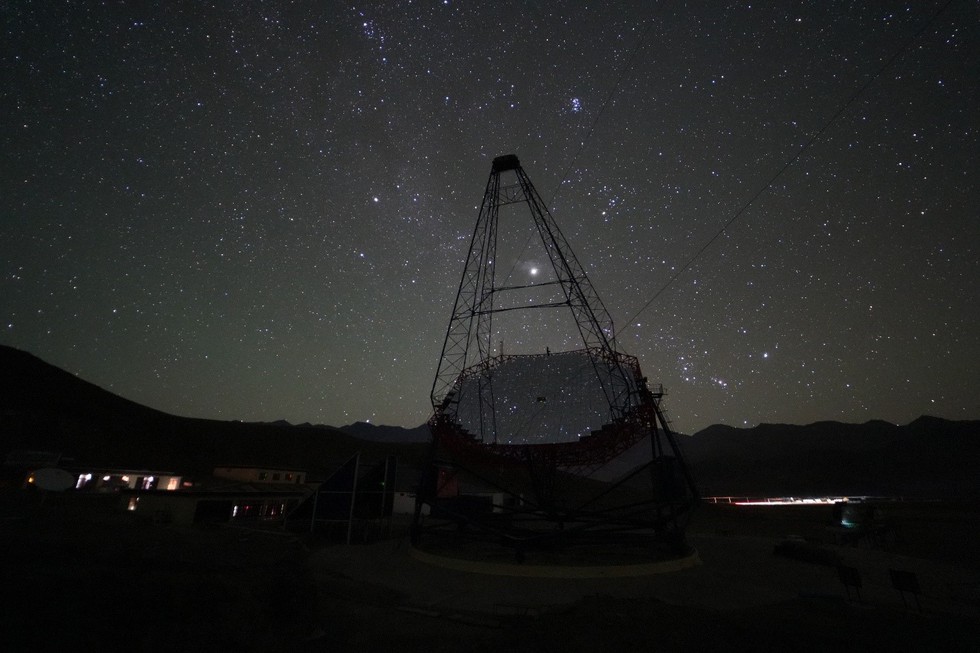1. Association of Southeast Asian Nations (ASEAN)
The Prime Minister is set to strengthen India’s strategic ties with Southeast Asia as he heads to Vientiane, Laos, for the 21st ASEAN-India Summit.

About Association of Southeast Asian Nations (ASEAN):
- It is an intergovernmental organization of ten Southeast Asian countries.
- It was established on 8 August 1967 in Bangkok, Thailand, with the signing of the ASEAN Declaration (Bangkok Declaration).
- It aims to promote economic and security cooperation among its ten members.
- Members:
- Founding members of ASEAN: Indonesia, Malaysia, Philippines, Singapore, and Thailand.
- Brunei joined in 1984, Vietnam in 1995, Laos and Myanmar in 1997, and Cambodia in 1999.
- Secretariat: Jakarta, Indonesia.
- Fundamental principles of ASEAN are:
- Mutual respectfor the independence, sovereignty, equality, territorial integrity, and national identity of all nations.
- The right of every state to lead its national existence free from external interference, subversion, or coercion.
- Non-interference in the internal affairs of one another.
- Settlement of differences or disputes in a peaceful manner.
- Renunciation of the threat or use of force.
- Effective cooperation among themselves.
- The institutional mechanism of ASEAN includes:
- ASEAN Summit:It meets annually to discuss regional issues and set policy directions.
- ASEAN Coordinating Council (ACC): It oversees the implementation of ASEAN agreements and decisions.
- ASEAN Secretariat:It supports and facilitates ASEAN's activities and initiatives.
- ASEAN Regional Forum (ARF):It is a platform for dialogue and cooperation on political and security issues among ASEAN member countries and their partners.
- Decision Making: It is done through consultation and consensus.
2. Mount Dhaulagiri
Five Russian mountaineers recently lost their lives during an expedition on Mount Dhaulagiri.

About Mount Dhaulagiri:
- It is the seventh-highest mountain in the world.
- It has an elevation of 8,167 meters (26,795 feet) above sea level.
- It is located in the Dhaulagiri Himal Mountain range of west-central Nepal and is part of the Himalayan Mountain range.
- It is also one of the "eight-thousanders" — the fourteen mountains on Earth that are more than 8,000 metres (26,247 ft) above sea level.
- Dhaulagiri means "white mountain" in Sanskrit, and it is known for its snowy peaks and glaciers.
- It is the highest mountain located entirely within Nepal.
- It extends about 120km from the Kaligandaki River to the Bheri River in the west.
- It is also the highest point of the Gandaki River Basin.
- It is one of the most challenging mountains to climb due to its difficult terrain and unpredictable weather conditions.
- The first successful expedition to Mt. Dhaulagiri was led by the Swiss climber, Max Eiselin, in 1960.
3. What is Machine Learning (ML)?
The 2024 Nobel Prize in physics has been awarded to John Hopfield and Geoffrey Hinton for foundational discoveries and inventions that enable machine learning with artificial neural networks.

About Machine Learning (ML):
- ML is a branch of Artificial Intelligence (AI) focused on building computer systems that learn from data.
- ML allows computer systems to continuously adjust and enhance themselves as they accrue more “experiences.”
- ML algorithms are trained to find relationships and patterns in data.
- Using historical data as input, these algorithms can make predictions, classify information, cluster data points, reduce dimensionality and even generate new content.
- Examples of the latter, known as generative AI, include OpenAI's ChatGPT, Anthropic's Claude and GitHub Copilot.
- Training ML algorithms often demands large amounts of high-quality data to produce accurate results.
- Applications:
- ML is widely applicable across many industries. For example, e-commerce, social media and news organizations use recommendation enginesto suggest content based on a customer's past behavior.
- In self-driving cars, ML algorithms and computer vision play a critical role in safe road navigation.
- In healthcare, ML can aid in diagnosis and suggest treatment plans.
- Other common ML use cases include fraud detection, spam filtering, malware threat detection, predictive maintenance, and business process automation.
What is Deep Learning?
- It is a method in AI that teaches computers to process data in a way that is inspired by the human brain.
- It is a subset of ML which simulates the complex decision-making power of the human brain.
- Deep learning models can recognize complex patterns in pictures, text, sounds, and other data to produce accurate insights and predictions.
- Deep learning methods are used to automate tasks that typically require human intelligence, such as describing images or transcribing a sound file into text.
Source : Nobel Prize in Physics 2024: John Hopfield, Geoffrey Hinton awarded for work on machine learning
4. What is Central Consumer Protection Authority (CCPA)?
Ola Electric, an electric two-wheeler manufacturer, recently received a show-cause notice from the Central Consumer Protection Authority (CCPA) for alleged violations of consumer rights, misleading advertisements and unfair trade practices.

About Central Consumer Protection Authority (CCPA):
- The Consumer Protection Act, 2019 was notified on August 9, 2019 and came into force on July 20, 2020.
- It replaced the Consumer Protection Act, 1986.
- Under the provisions of the Act, the CCPA was established in July 2020.
- CCPA aims to protect the rights of consumers by cracking down on unfair trade practices and false and misleading advertisements that are detrimental to the interests of the public and consumers.
- Nodal Ministry: Ministry of Consumer Affairs, Food & Public Distribution.
- CCPA is empowered to:
- Protect, promote, and enforce the rights of consumers as a class, and prevent violation of consumers rights under this Act.
- Prevent unfair trade practices and ensure that no person engages himself in unfair trade practices.
- Ensure that no false or misleading advertisement is made of any goods or services which contravenes the provisions of this Act or the rules or regulations made thereunder.
- Ensure that no person takes part in the publication of any advertisement which is false or misleading.
- Composition:
- It will have a Chief Commissioner as head, and only two other commissioners as members — one of whom will deal with matters relating to goods while the other will look into cases relating to services.
- Powers:
- The CCPA can make interventions when necessary to prevent consumer detriment arising from unfair trade practices and to initiate class action, including enforcing recall, refund and return of products.
- The CCPA has an investigation wing, headed by a director-general, which may conduct inquiries or investigations into consumer law violations.
- The CCPA has been granted wide powers to take suo-moto actions, recall products, order reimbursement of the price of goods/services, cancel licenses, and file class action suits if a consumer complaint affects more than one individual.
- The CCPA has powers to pass orders of discontinuation of practices that are unfair and prejudicial to consumers’ interests and impose penalties in cases of false or misleading advertisements.
5. Amangarh Tiger Reserve
The body of an eight-year-old tiger was found on the border of Amangarh Tiger Reserve recently.

About Amangarh Tiger Reserve:
- It is situated in the Bijnor district of Uttar Pradesh.
- It encompasses an area of approximately 9,500 hectares (equivalent to 95 square kilometres).
- It lies adjacent to the Corbett Tiger Reserve, serving as a crucial corridor for Asiatic Elephants, Tigers, and various other wildlife species.
- It was originally part of the Jim Corbett National Park, and after the state of Uttarakhand was carved out of Uttar Pradesh, Jim Corbett went to Uttarakhand, and Amangarh remained in Uttar Pradesh.
- Flora: The vegetation of the tiger reserve is a combination of grasslands, wetlands, and dense forest.
- Fauna:
- Mammals: Tiger, Elephant, Swamp Deer, Sambar, Cheetal, Hog Deer, Kakar, Langur, Sloth Bear, Porcupine, Otter.
- Birds: Hornbill, Red Jungle Fowl, Pea Fowl, Bengal Florican, Fishing Eagle, Serpent Eagle, Osprey, Woodpeckers, Shama, Indian Pitta, Paradise Flycatcher, Orioles, Emerald Dove.
- Reptiles: Monitor Lizard, Turtles, Python, Gangetic Dolphin, Mugger, Gharia, etc.
6. Halari donkey
The endangered Halari donkeys, native to the Halar region of Gujarat, are considered to be intelligent animals which work closely with human beings.

About Halari donkey:
- It is native to the Halar region of Gujarat especially found in the semi-arid landscape of Jamnagar and Dwarka
- Appearance: It is white in colour, and is larger and more resilient than other donkey breeds.
- They are social animals and form close bonds with people, supporting them for transport needs.
- Uses
- The Bharwad and Rabari pastoralists are the main communities which use this donkey as a pack animal to carry luggage during migration with small ruminants.
- The Kumbhar (potter) community also uses this animal for pottery work in Dwarka in the Jamnagar region.
- Halari donkey milk is known for its sweetness. Milk powder made from it can fetch upwards of ₹7,000 a kg in the international market and is used for cosmetic purposes.
- Conservation status: It is considered endangered; the surviving population of the Halari donkey numbers fewer than 500.
Source : In Frames: Brains and brawn
7. Kaimur Wildlife Sanctuary
Recently, the Bihar government announced that the Centre has given its nod for a tiger reserve at the Kaimur Wildlife Sanctuary.

About Kaimur Wildlife Sanctuary:
- It is the largest sanctuary located in the Kaimur District of Bihar.
- It is nestled in the Vindhayachal hill ranges.
- Rivers: The Sanctuary forms a very important catchment to the Kav, Sone and Durgawati river systems with important tributaries.
- It is connected with Chandraprabha Wildlife Sanctuary of UP, which again has links with Sanjay Dubri Tiger Reserve and Panna landscape in Madhya Pradesh through stepping stone forests of Marihan, Sukrit, Chunar ranges and wildlife sanctuaries of Ranipur (UP).
- Vegetation:This region has a thick covering of mosaic prairie, tropical dry deciduous backwoods and swampy bogs.
- Fauna:The main animals found are Bengal tigers, Indian leopards, Indian boars, sloth bears, sambar deers, chitals, four-horned antelope and nilgais.
- Flora:The plants found here include Salai (BoswelliaSerrata), Siddha, Indian Rosewood (Sheesham), Jamun, Teak, Koraiya, Saal, and Jheengarare some species of plant life.
8. Exercise Malabar
Recently, the naval fleet exercise Malabar-2024 was flagged off at the Eastern Naval Command (ENC), Visakhapatnam.

About Exercise Malabar:
- It was started in 1992 as a bilateral naval exercisebetween India and the US Navy.
- The first Malabar Exercise in the Bay of Bengal took place in 2007.
- It was expanded into a trilateral format with the inclusion of Japan in 2015.
- In 2020, the Australian Navy joined the Malabar Exercise, making it a quadrilateral naval exercise.
- It takes place annually in the Indian Ocean and Pacific Oceans alternatively.
- The exercise aims to strengthen cooperation and security in the Indo-Pacific region.
- Malabar 2024 will focus on a broad range of activities designed to enhance cooperation and operational capabilities, including discussions on special operations, surface, air, and anti-submarine warfare through a Subject Matter Expert Exchange (SMEE).
- Complex maritime operations such as anti-submarine warfare, surface warfare, and air defense exercises will be conducted at sea, with an emphasis on improving situational awareness in the maritime domain.
- The exercise will feature participation of various Indian naval platforms, including guided missile destroyers, multi-purpose frigates, submarines, fighter aircraft and helicopters.
9. MACE Observatory
Recently, the MACE Observatory has been inaugurated by the Secretary DAE & Chairman of the Atomic Energy Commission, at Hanle, Ladakh.

About MACE Observatory:
- The Major Atmospheric Cherenkov Experiment (MACE) Observatory is the largest imaging Cherenkov telescope in Asia.
- Location: It is located at an altitude of ~4,300 m, at Hanle, Ladakh.
- It is Asia’s Largest and World’s Highest Imaging Cherenkov Observatory.
- The MACE project aims to foster international collaborations, advancing India’s contributions to space research and bolstering India’s position in the global scientific community.
- It is indigenously built by Bhabha Atomic Research Centre (BARC) with support from the Electronics Corporation of India (ECIL), Hyderabad, and other Indian industry partners.
- It will help the scientific community enhance its understanding in the fields of astrophysics, fundamental physics, and particle acceleration mechanisms.
- The MACE telescope will observe high-energy gamma rays, contributing to global efforts to understand the most energetic phenomena in the universe, such as supernovae, black holes, and gamma-ray bursts.
- It plays a significant role not only in advancing scientific research but also in supporting the socio-economic development of Ladakh.
10. What is Trachoma?
Recently, the World Health Organisation (WHO) has declared that the Government of India has eliminated Trachoma as a public health problem becoming the third country in the South-East Asia Region to achieve this milestone.

About Trachoma:
- It is a bacterial infection that affects the eyes.
- It is caused by the bacterium Chlamydia Trachomatis.
- How it spreads?
- It is contagious; spreading through contact with the eyes, eyelids, nose or throat secretions of infected people, if left untreated it causes irreversible blindness.
- It is found in communities that are living in poor environmental conditions.
- WHO has termed Trachoma as a neglected tropical disease and its estimation suggests that 150 million people worldwide are affected by Trachoma and 6 million of them are blind or at risk of visually disabling complications.
- Initiatives of Government of India
- The Government of India launched the National Trachoma Control Program in 1963 and later on Trachoma control efforts were integrated into India’s National Program for Control of Blindness (NPCB).
- As a result, in 2017, India was declared free from infective Trachoma. However, surveillance continued for trachoma cases in all the districts of India from 2019 onwards till 2024.
- The National Trachomatous Trichiasis (TT only) Survey was also carried out in 200 endemic districts of the country under the National Programme for Control of Blindness & Visual Impairment (NPCBVI) from 2021-24, which was a mandate set by WHO to declare that India has eliminated Trachoma as a public health problem.
- To eliminate trachoma as a public health problem, WHO recommends the SAFE strategy.
- The SAFE strategy includes:Surgery to treat the blinding stage (trachomatous trichiasis); Antibiotics to clear the infection, particularly the antibiotic azithromycin; Facial cleanliness and Environmental improvement, particularly improving access to water and sanitation.
- The 17 other countries that have eliminated trachoma are: Benin, Cambodia, China, Gambia, Ghana, Islamic Republic of Iran, Lao People’s Democratic Republic, Malawi, Mali, Mexico, Morocco, Myanmar, Nepal, Oman, Saudi Arabia, Togo and Vanuatu.


























































































































































.png)
.png)
.png)
.png)
.png)


.png)
.png)
.png)





.png)
.png)






.png)
.png)
.png)
.png)
.png)
.png)
.png)
.png)
.png)

.png)







.png)
.png)


.png)
.png)
.png)


.png)

.png)
.png)





.jpg)

.png)
.png)


.png)

.png)
.png)
.png)

.jpg)

.jpg)


.png)

.png)
.png)
.png)
.png)
.png)
.png)
.png)
.png)
.png)
.png)




.png)

.png)





.png)
.png)
.png)
.png)
.png)
.png)
.png)
.png)
.png)
.png)
.jpg)
.jpg)

.png)
.png)
.png)
.png)
.png)
.png)
.png)
.png)
.png)
.png)
.png)
.png)
.png)
.png)
.png)
.png)
.png)
.png)
.png)
.png)
.png)
.png)



.png)
.png)

.jpg)
.jpg)


.jpg)
.jpg)
.jpg)
.jpg)
.jpg)

.jpg)








.jpg)
.jpg)
.jpg)
.jpg)
.jpg)

















.jpg)
.jpg)







.jpg)


















.jpg)
.jpg)






























































































.jpg)
.jpg)


























.jpg)

.jpg)










.jpg)








.jpg)




.jpg)










.jpg)


















.jpg)












































.jpg)














.jpg)
.jpg)
.jpg)





.jpg)

.jpg)
.jpg)





































































.jpg)


































.jpg)
.jpg)
















































.jpg)












.jpg)


.jpg)




.jpg)
.jpg)
.jpg)

.jpg)
.jpg)
.jpg)
.jpg)

.jpg)
.jpg)
.jpg)

.jpg)
.jpg)
.jpg)
.jpg)
.jpg)
.jpg)
.jpg)
.jpg)

.jpg)


.jpg)
.jpg)
.jpg)
.jpg)
.jpg)
.jpg)
.jpg)
.jpg)
.jpg)
.jpg)











.jpg)
.jpg)





.jpg)
.jpg)
.jpg)
























.jpg)
























.jpg)









.jpg)
.jpg)







.jpg)
.jpg)









































.jpg)
.jpg)
.jpg)
.jpg)
.jpg)

.jpg)
.jpg)
.jpg)
.jpg)
.jpg)


.jpg)
.jpg)
.jpg)
.jpg)
.jpg)

.jpg)
.jpg)
.jpg)
.jpg)
.jpg)
.jpg)
.jpg)
.jpg)
.jpg)
.jpg)
.png)

.png)
.png)

.png)
.png)
.png)
.png)


.jpg)
.jpg)

.jpg)
.jpg)
.jpg)

.png)
.png)
.png)
.png)
.png)
.png)
.png)

.png)
.png)
.png)
.png)
.png)
.png)
.png)
.png)
.png)
.png)





































































-min.png)



.png)




.png)








































